If you’ve ever waxed, shaved, or had any type of hair removal in your life, then you’re likely to have experienced ingrown hairs. And if so, you’ve also probably wondered how to get rid of ingrown hairs. Because let’s be honest, they’re not great.
Ingrown hairs can cause irritation, red, bumpy skin and even scarring if you pick at them. So while it can be tempting to attack them with your own two hands, it’s better to remove ingrown hairs with some knowledge on your side. And that’s where we come in.
Ready to kick those ingrown hairs to the curb? Let’s do it.
What is an ingrown hair?
Like most beauty problems, knowing what you’re dealing with is a good place to start. Ingrown hairs are exactly as they sound. It’s when a hair (or multiple hairs) grows back into your skin instead of rising up from it. This commonly happens after hair has been removed or cut, which is why ingrowns are closely associated with shaving and waxing. Once the hair tries to grow back, the hair follicle can sometimes be blocked from dead skin cells, forcing the hair to change direction and grow sideways under the skin instead of upwards.
How can I tell if I have one?
Ingrown hairs commonly appear as raised, red bumps. They can be quite similar in appearance to blind pimples. The bumps can be itchy, tender, and uncomfortable. You may be able to see the hair underneath the skin, and the bump can sometimes be filled with pus. For women, ingrown hairs are most commonly found on the underarms, legs, and pubic area (oh yeah, ingrown pubic hair is definitely a thing). For men, ingrown hairs can appear on the chin, cheeks or neck, usually wherever hair removal has taken place.
How to get rid of ingrown hairs
Similar to a pimple, you shouldn’t scratch or pick at an ingrown hair bump. This can lead to infection and scarring. Instead, you should use an ingrown hair treatment to reduce the swelling and draw out the hair. Our top picks for ingrown hair treatments are:

- LYCON SKIN Ingrown-X-it Wipes, $29.95 at lyconretail.com
- Bump eRaiser Triple Action Lotion, $17.99 at Chemist Warehouse
- Nad’s Ingrow Solution, $11.99 at Chemist Warehouse
- Waxaway After Care Lotion with Mango & Witch Hazel, $7.99 at Chemist Warehouse
Can I tweeze an ingrown hair?
If you want to remove an ingrown hair from under the skin with tweezers, you should always draw it out first by exfoliating or using one of our product recommendations.
Once the hair is close to the surface or poking through, you can then use a clean and sterile pair of tweezers to pinch and pull the hair/s out. Be careful not to tear or irritate the surrounding skin further as you do so.
If it doesn’t come free easily, leave it for a few days and continue to monitor it until it’s possible to remove it without causing skin damage (ingrown hair scars are a real possibility). In some instances, you may need to seek a professional to help remove ingrown hairs.
How can I prevent getting them in the future?
Exfoliating your skin regularly can help to prevent ingrown hairs, as it will lessen the chance of dead skin cells blocking hair follicles. The treatments above can also be used as prevention methods, simply by applying them straight after hair removal.
For the best bump-free results, exfoliate the skin before hair removal. And if you’re shaving, make sure to use a prep and guard product like TriShave 3in1 Shave Crème For Women ($7.39 at Priceline) to soften the skin.
Do you suffer from ingrown hairs? How do you prefer to treat them?
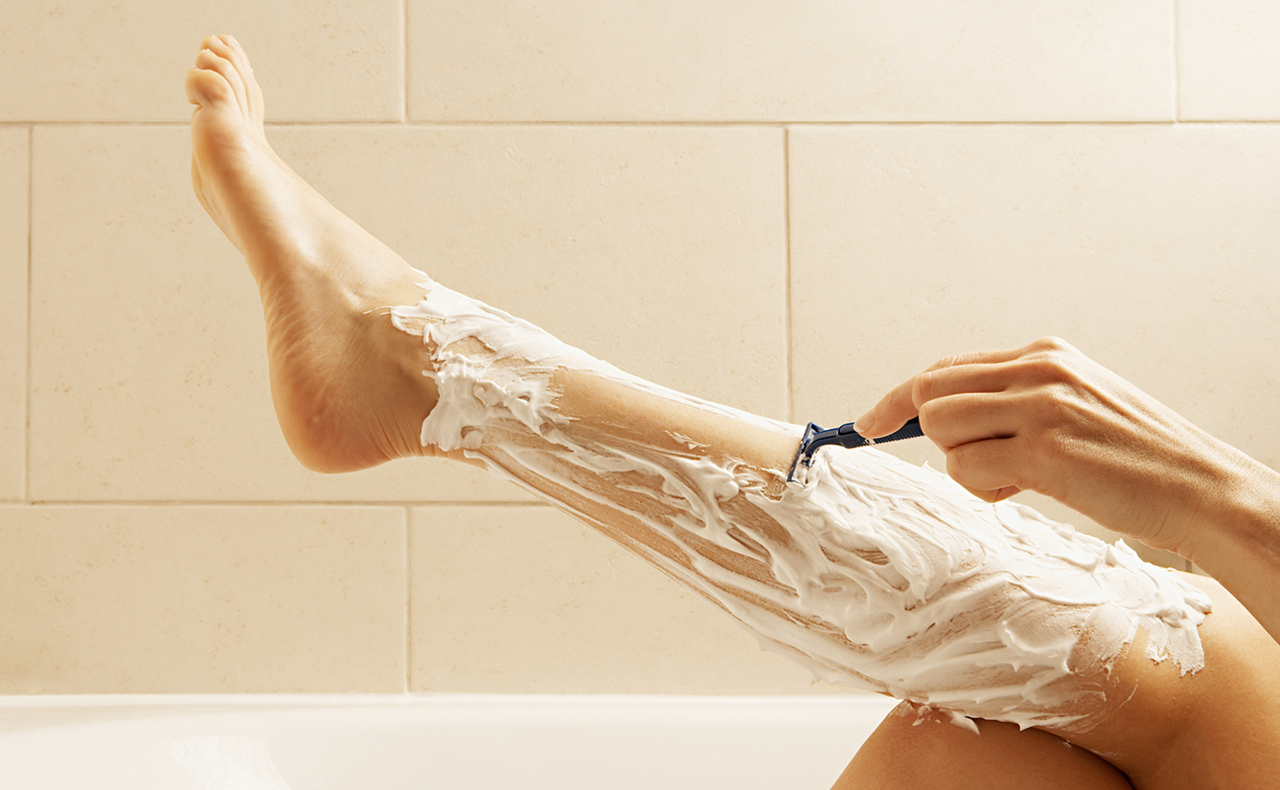
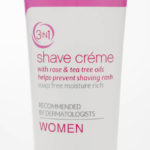




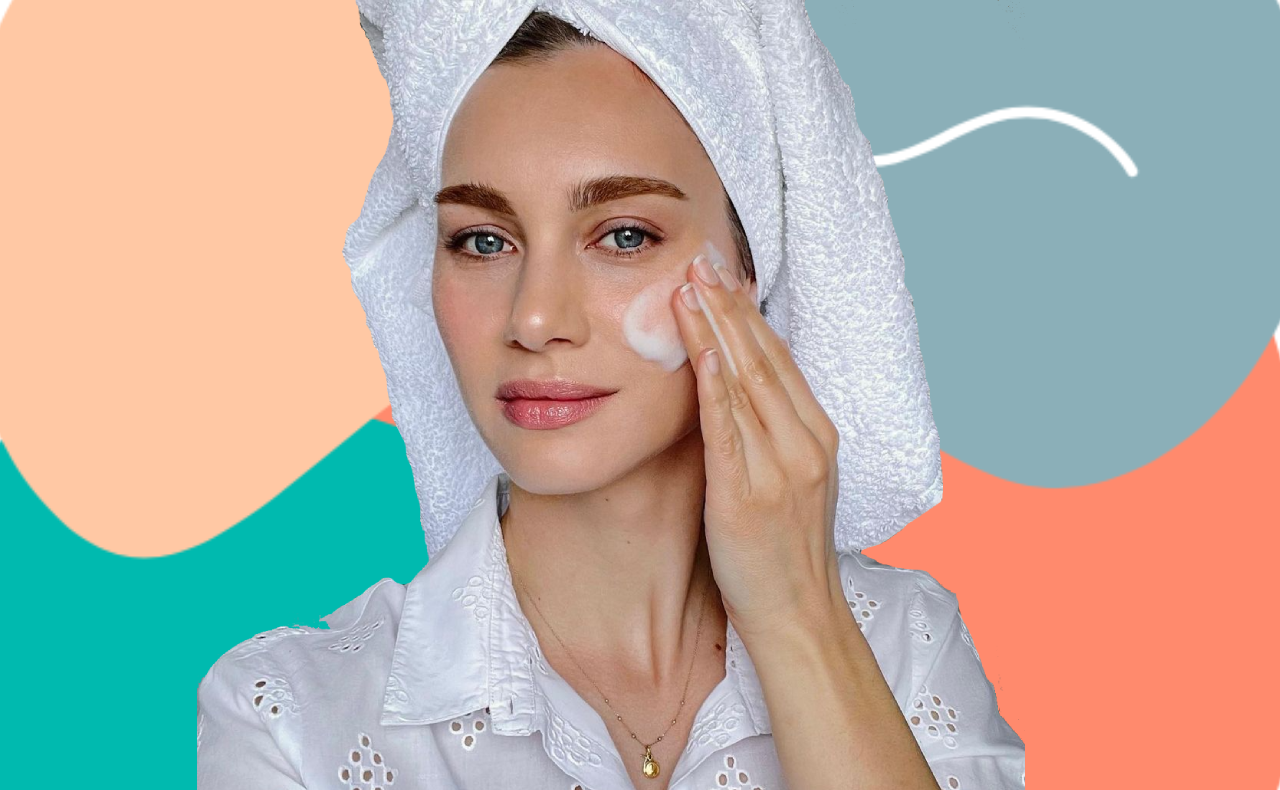
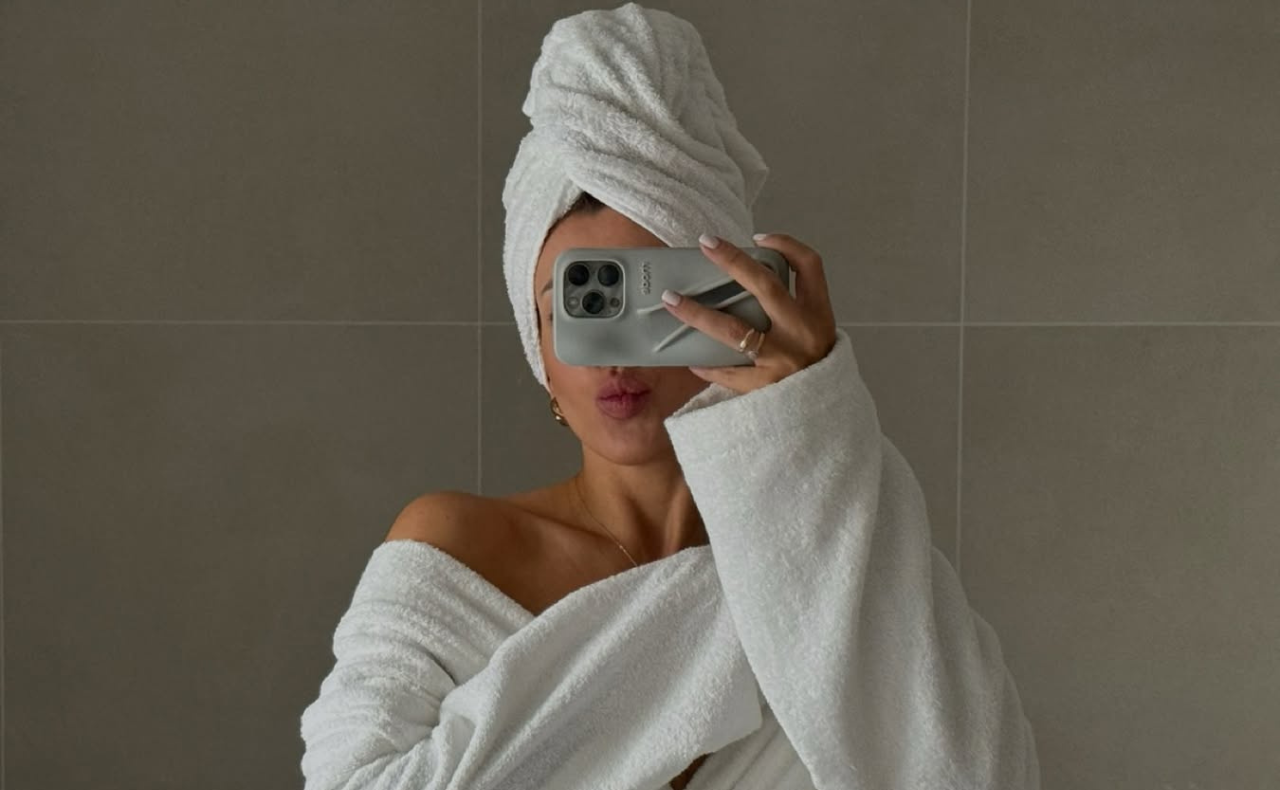

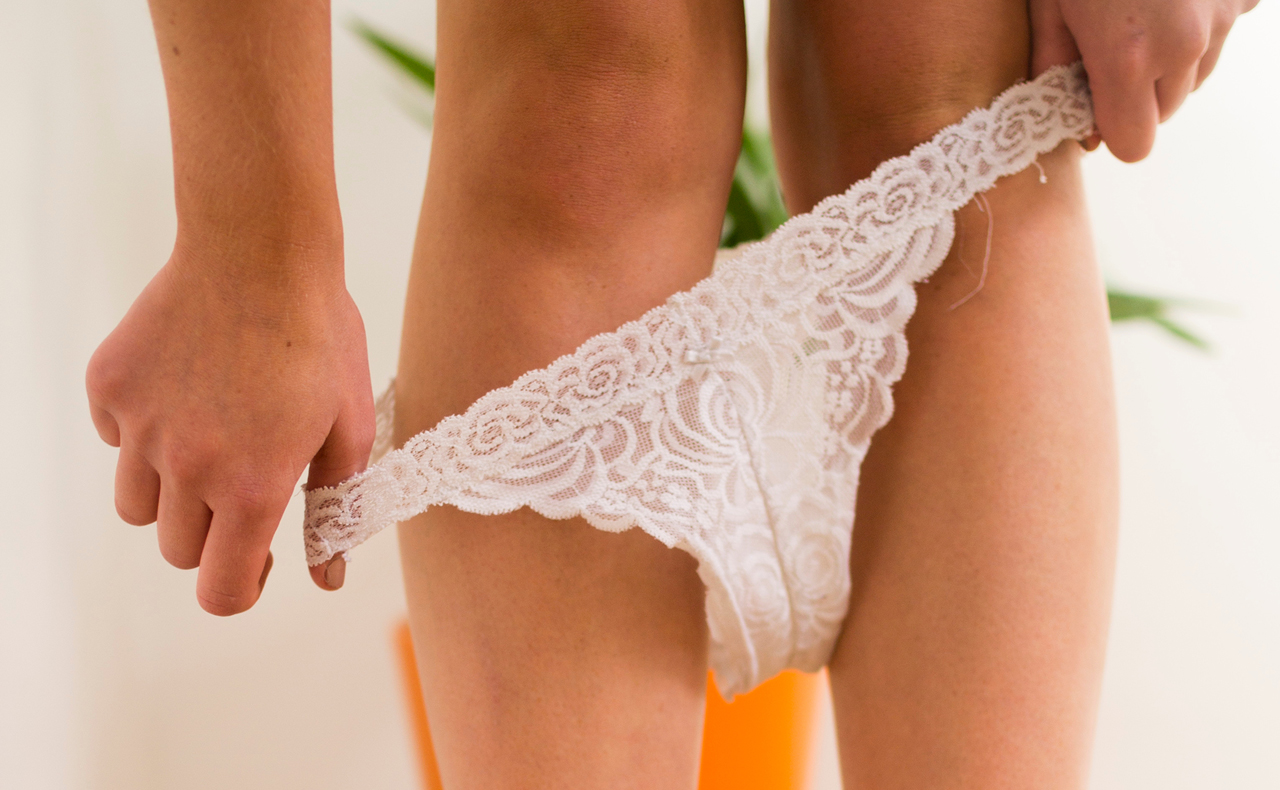
When I started epilating, I had fewer ingrown hairs because the old ingrown hairs had time to heal before I developed new ones. Now that I’ve had IPL, it’s all a thing of the past. I HIGHLY recommend IPL or laser hair removal.
I’ve marked alfredbilly121 below as spam.
I was the same I had terrible ingrown then once I started ipl it was a think of the past.
*thing
Which IPL do you use?
I won a Babyliss from Bh years ago when they were listed here. It’s great!
I use the same one as well, have done for years and years. It’s amazing, I reviewed it on my Youtube channel. 🙂
It’s a beauty, eh? I love mine!
At home IPL works? Sign me up!!
Going to watch your review soon Candyfairy!
I have had a few ingrown hairs in my time. I am not trialling at home IPL. I guess I shall know if it works in 8 weeks time.
Bump eRaiser lotion is fantastic at combating in-grown hairs.
I wouldn’t mind getting more IPL salon treatments.
Exfoliate, exfoliate, exfoliate- it’s the key to bump free skin for sure!
Agreed. I can’t say I’ve suffered from them. Perhaps you are right because I use a body scrub every 1-2 weeks.
I used to get a lot of ingrown hairs when I was a teenager and in my early twenties, but don’t seem to get them anymore. I’ve also noticed that I barely have any hairs on my upper legs anymore, haven’t really seen any since my twenties but the lower legs still have plenty of hair unfortunately.
I found once I past my 20’s my leg hair disappeared and I no longer have noticeable hairs on top or bottom of my legs.I get a rare hair which I tweezer off. My Mum and my sister also didn’t have hair on their legs either
How lucky are you. I must admit that I am not a hairy person and because my hair is fair you dont really notice the hair on my legs. Also lucky.
Why does body hair even have to exist 🙄
Bump eraser is on high rotation in this house!
It’s fantastic stuff!
Fortunately I’ve never had ingrown hair, but it’s good to know what to do just in case.
I should be using a product like Trishave.
I’ve had ingrown hairs but never used a product for them before. I should give TriShave a go.
Yes , I get them too.
Exfoliation is one of those things that need to be done more regularly. I’m quite good at doing my face but I tend to forget to do my body.
Same.
I forget to do my body too although now I have bought a body brush and it is so nice to use I am more prone to remember
One of my most unfavourite things – glad we have bh to help deal with them!
I don’t know if I’ve ever had one before!
No i haven’t either and you would know if you had
Not an issue for me.
Luckily for me I have never had an in grown hair – My ex did and he ended up having to have surgery as it got infected -so painful
Ouchhh! Poor guy!
This was a problem for me when I was waxing, now that I use laser hair removal – it’s not an issue
use to get them all the time. ipl fixed this for me
Around the bikini area is the worst!
I’ve still got a scar from an ingrown hair on my leg, so glad I’m no longer waxing. Love getting my laser hair removal in the winter!
Oh i really have this problem, i just got the bump eraser from rewards room, so im really hoping that helps.. i really hate having body hair ugh!
Havnt had an ingrown hair as of yet, but these are good tips to be aware of
Luckily it’s not something I suffer from.
I might need to try Bump eRaiser triple action lotion as I have read rave comments about this product
Definitely need to keep some of these products on my Wishlist.
I don’t think that they’ve ever been a problem for me.
Yes can be tricky and I exfoliate a lot